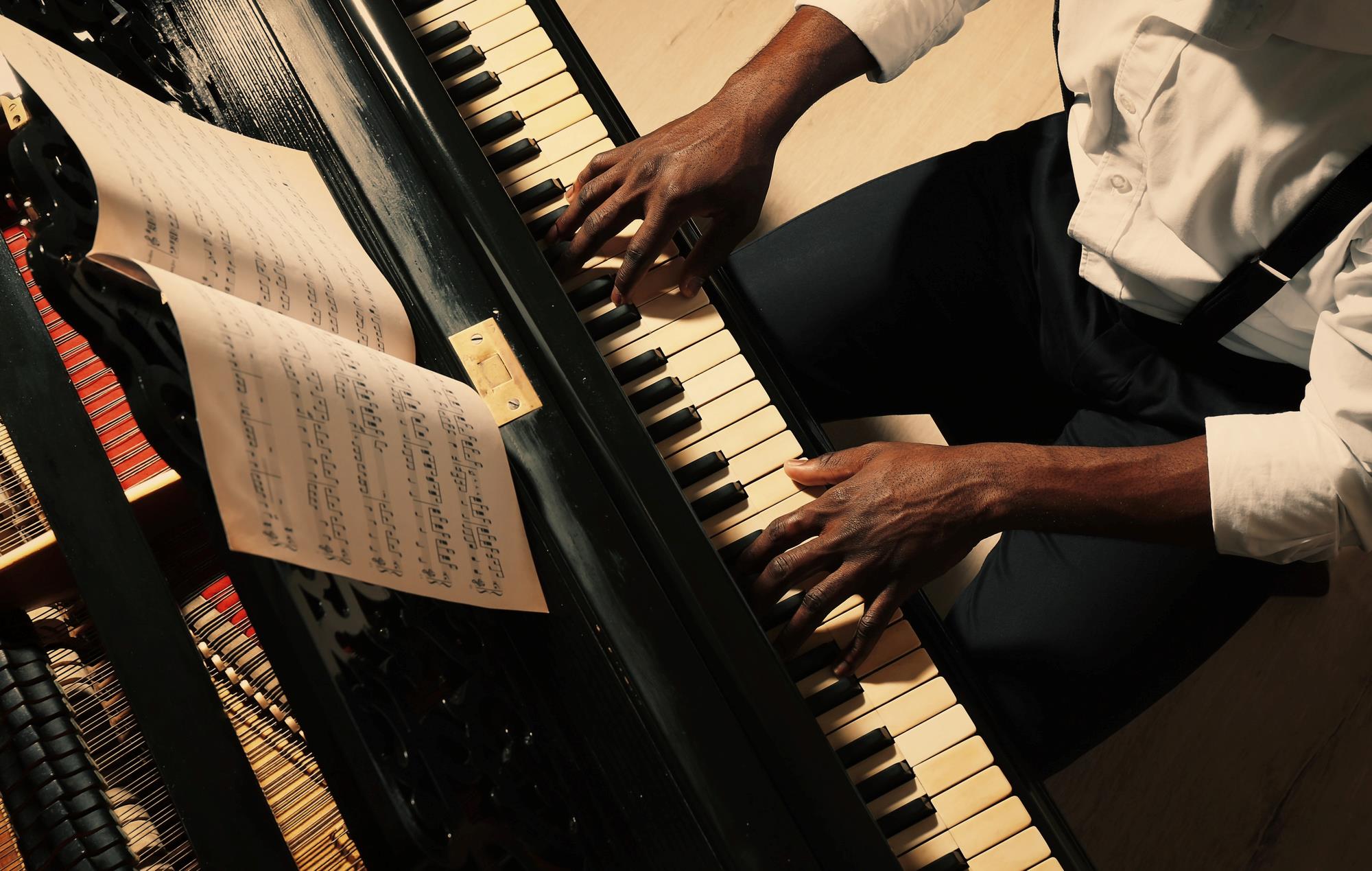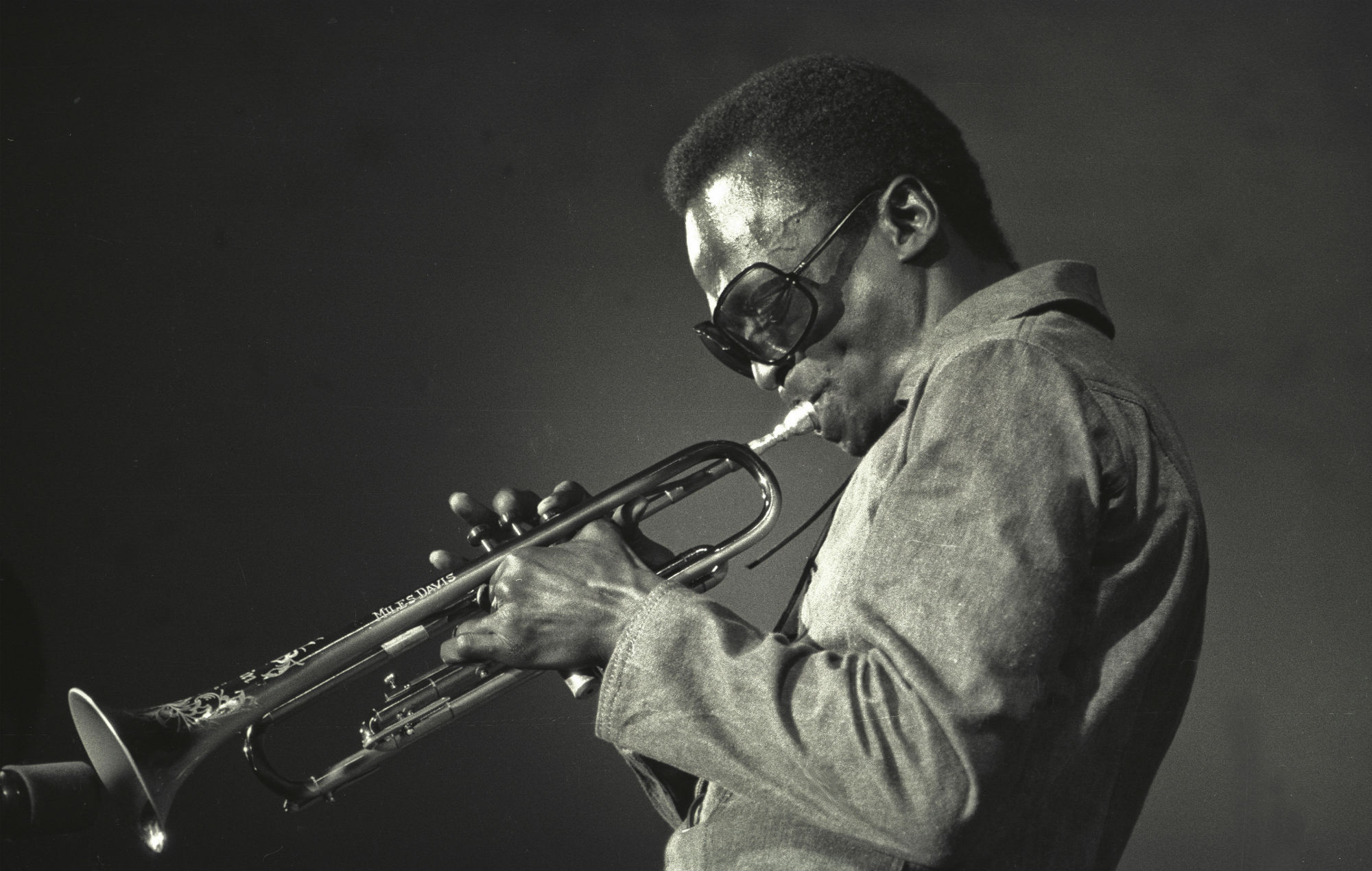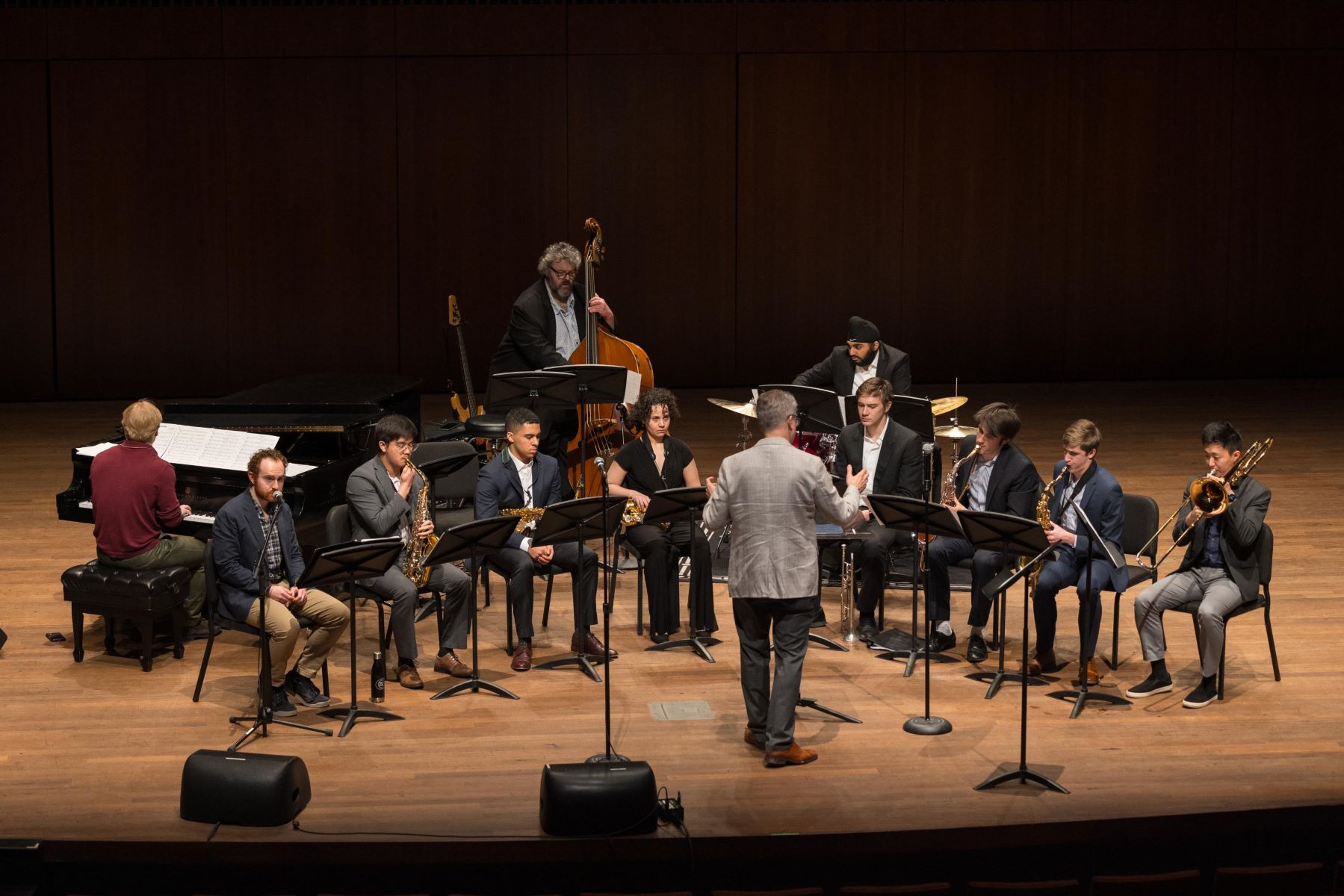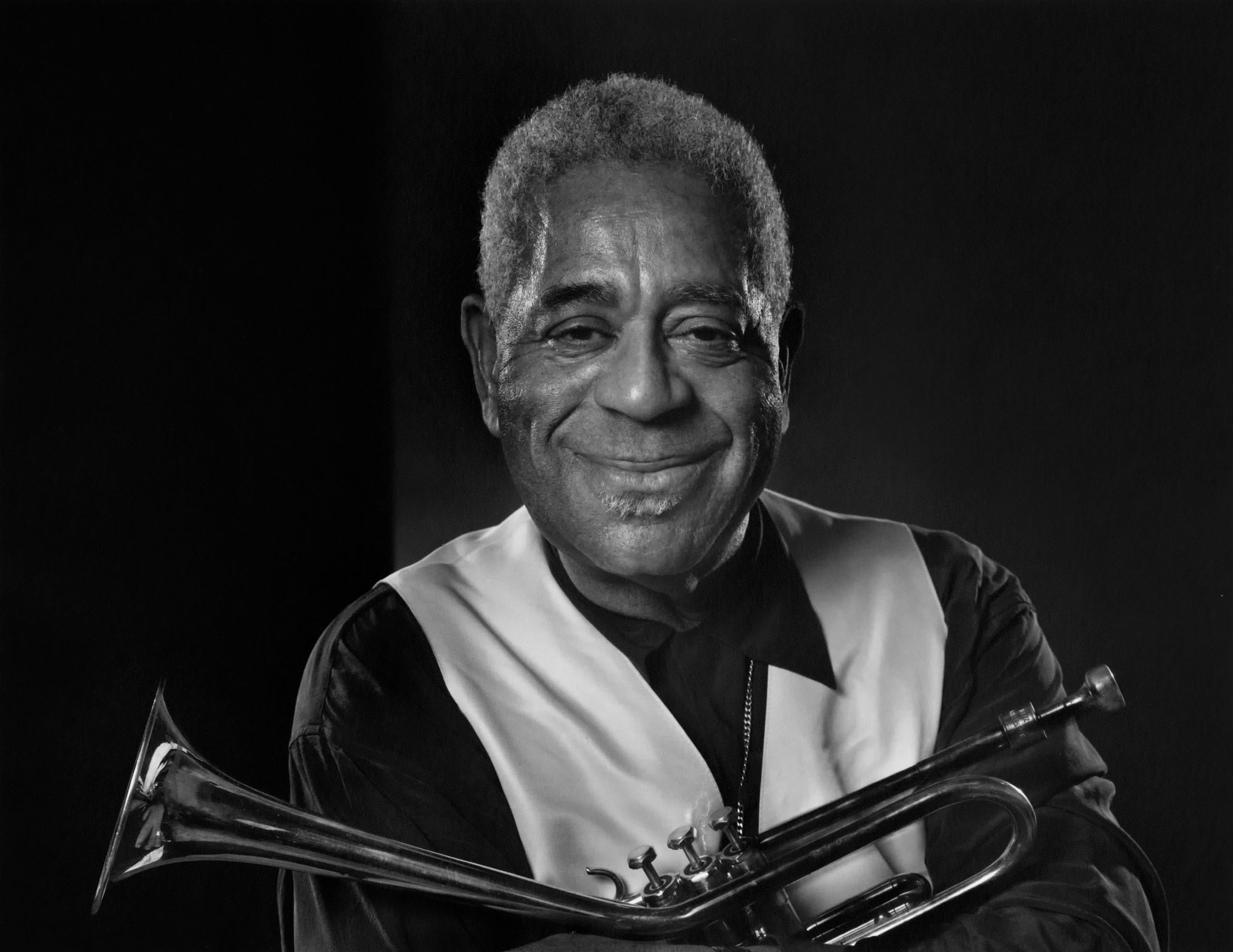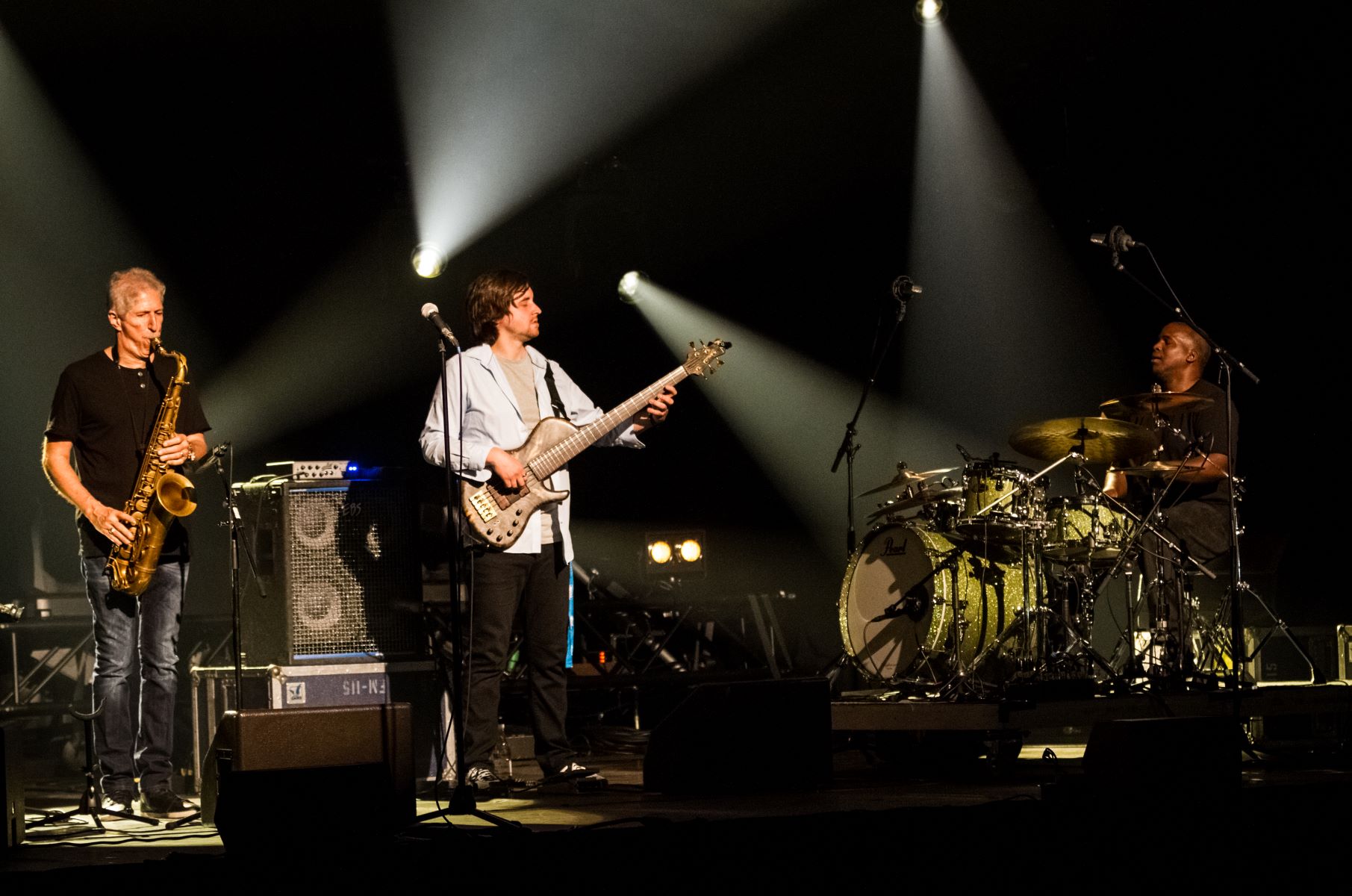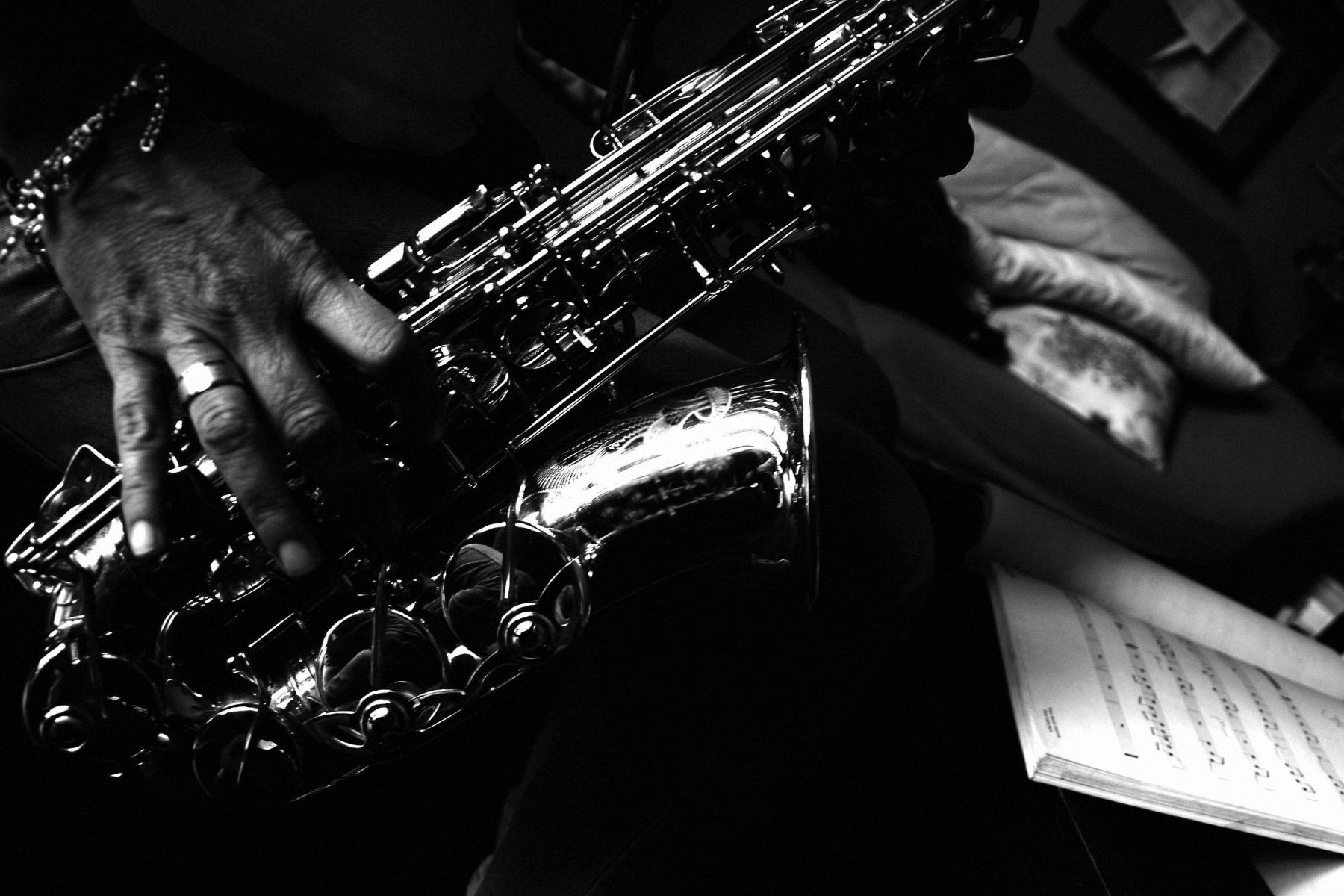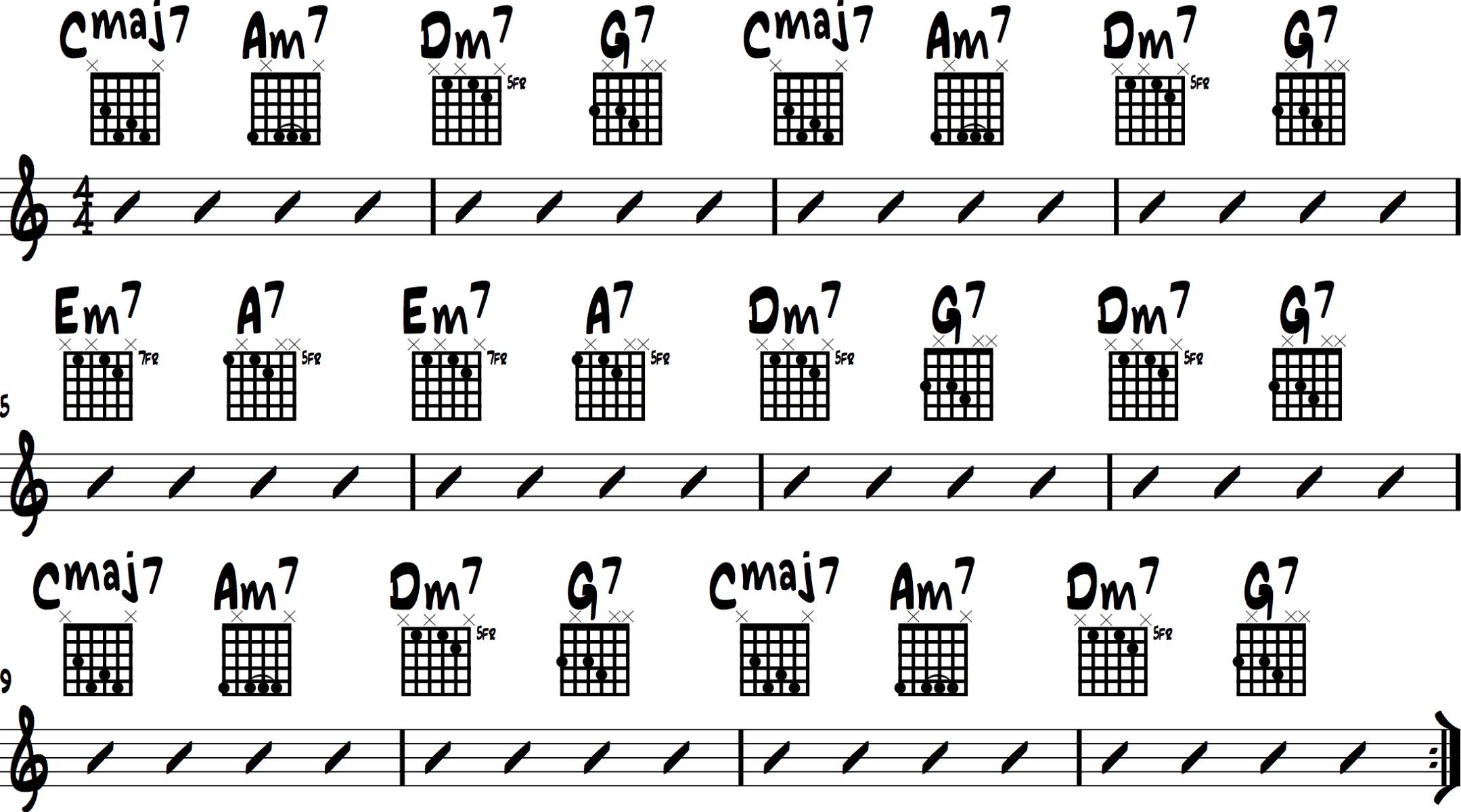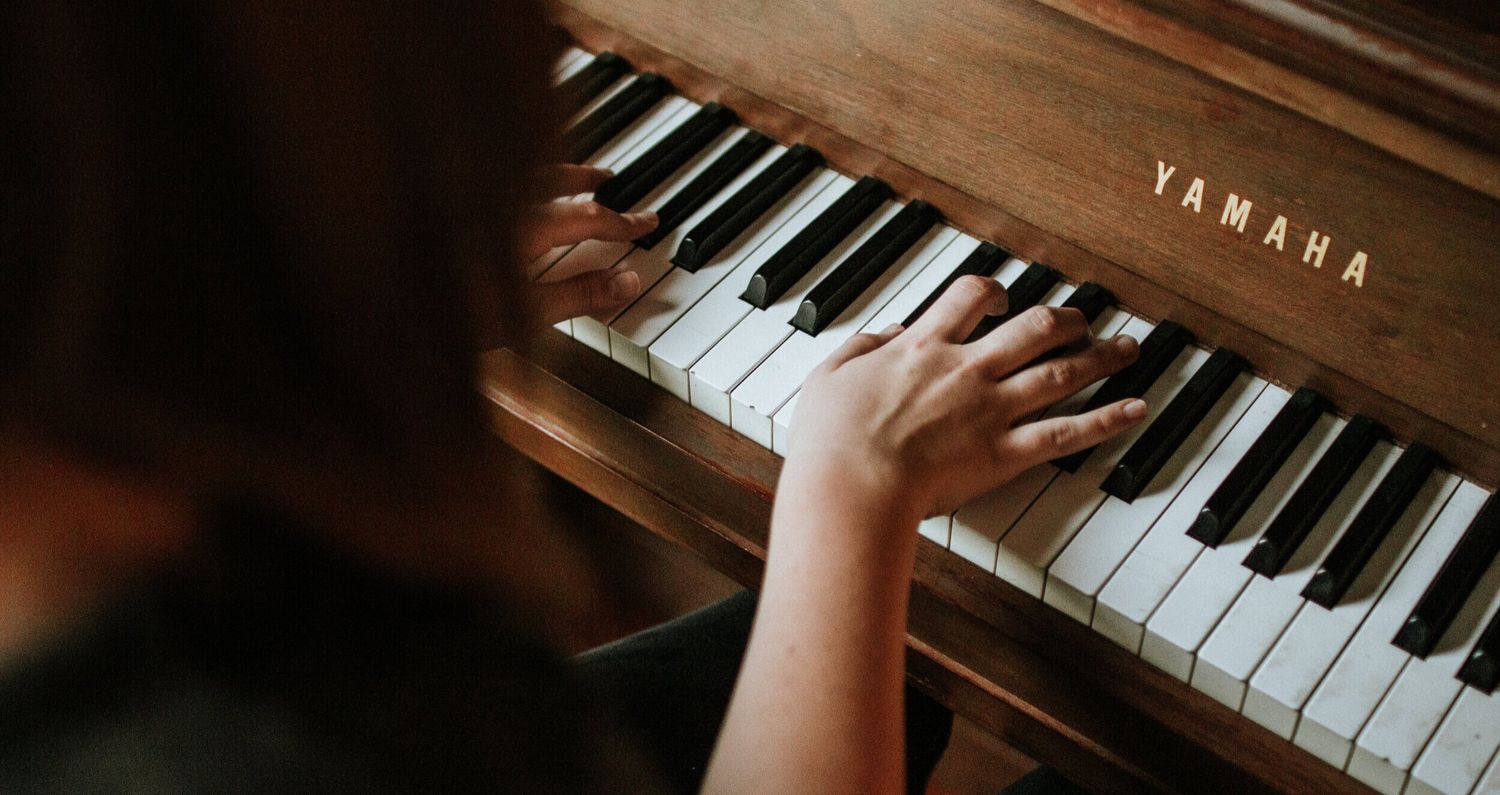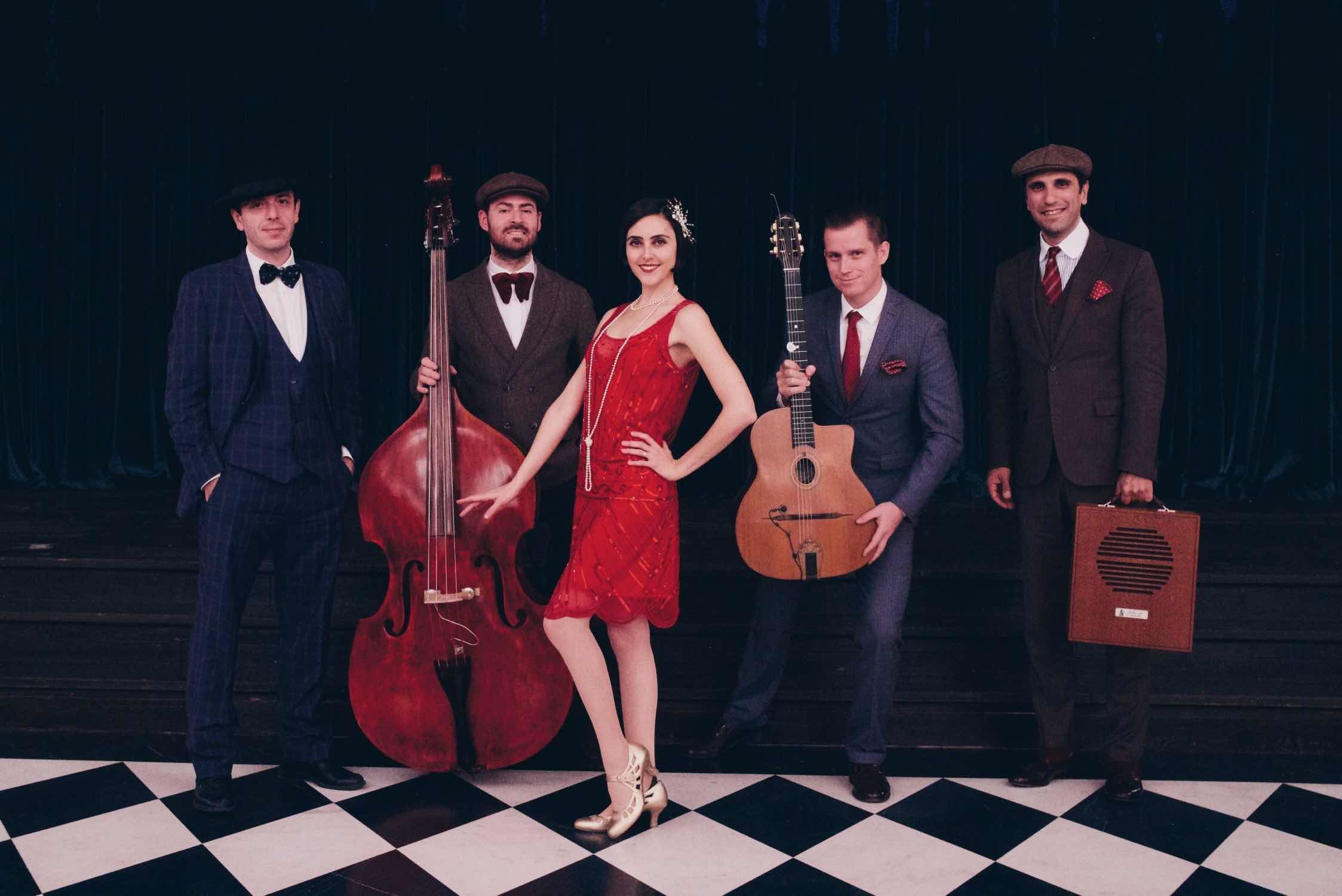Home>Genres>Jazz>What Is The Musical Element That Distinguishes Jazz Music From Most Other Styles Of Music?
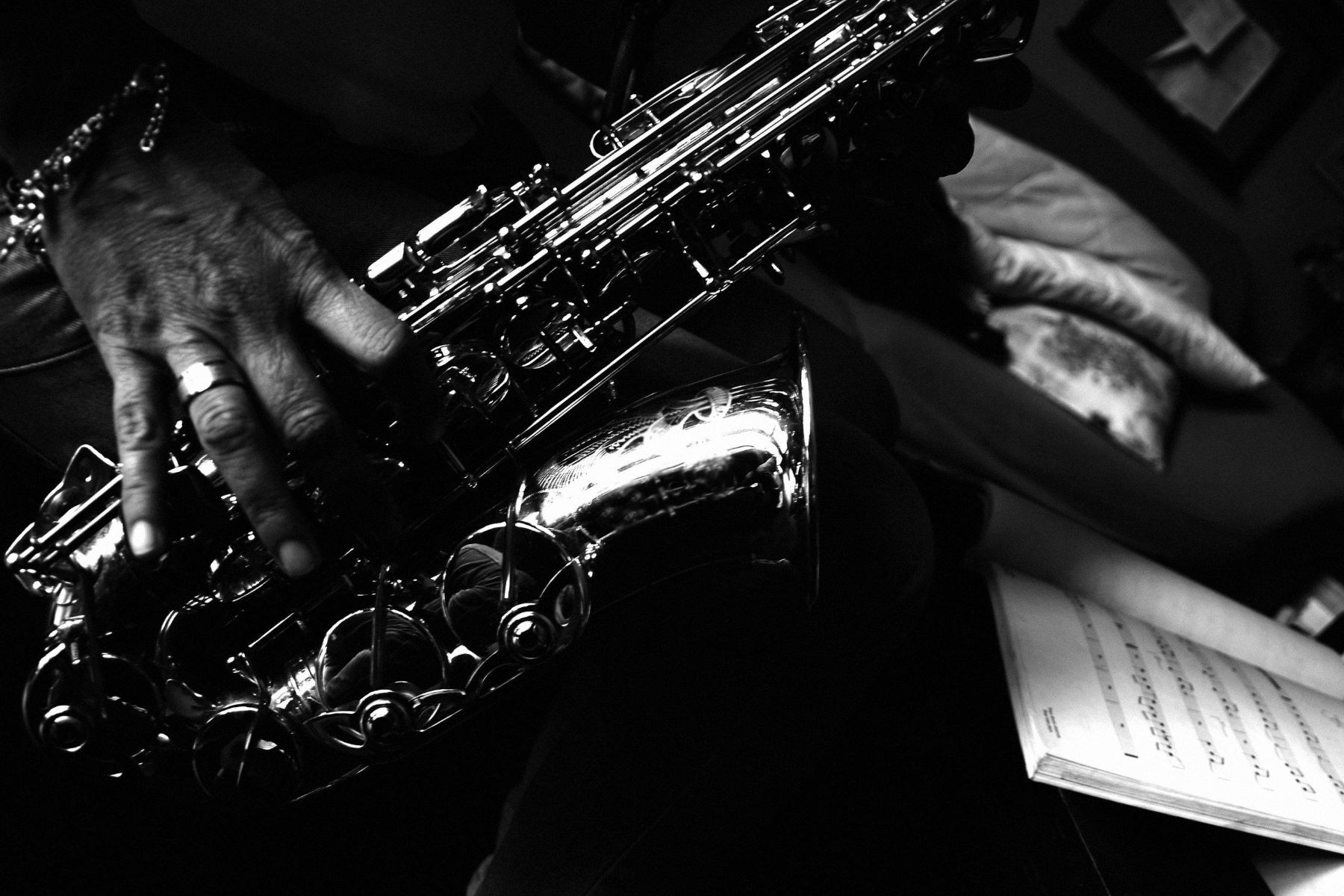

Jazz
What Is The Musical Element That Distinguishes Jazz Music From Most Other Styles Of Music?
Modified: January 29, 2024
Discover the musical element that sets jazz apart from other styles of music. Uncover the essence of jazz and its unique characteristics.
(Many of the links in this article redirect to a specific reviewed product. Your purchase of these products through affiliate links helps to generate commission for AudioLover.com, at no extra cost. Learn more)
Table of Contents
Introduction
Jazz is a genre of music that is renowned for its unique style, improvisation, and complex musical arrangements. It has a rich history and a vibrant culture that continues to captivate music enthusiasts all over the world. One of the defining characteristics of jazz music is its ability to incorporate various musical elements that set it apart from most other styles of music.
In this article, we will explore the key musical element that distinguishes jazz music from other genres. We will delve into the world of jazz and uncover the elements that contribute to its distinct sound. We will examine the role of syncopation, improvisation, swing feel, blue notes, and extended chord progressions in creating the unmistakable essence of jazz.
Whether you are a jazz aficionado or someone who is just discovering this incredible genre, this article will provide you with an in-depth understanding of what makes jazz music so remarkable. So, sit back, relax, and join us on this musical journey as we explore the wonderful world of jazz.
Syncopation: The Rhythmic Element of Jazz
Syncopation is a fundamental aspect of jazz music that sets it apart from other genres. It refers to the deliberate placement of accents on weaker beats or off-beats in a musical phrase. This rhythmic technique adds a sense of unpredictability and excitement to the music, creating a distinctive pulse and groove.
In jazz, syncopation is achieved through various means, such as emphasizing the off-beats, adding unexpected accents, or playing rhythmic patterns that go against the natural flow of the music. This rhythmic complexity gives jazz its infectious energy and swing.
The syncopated rhythms in jazz are often a result of the interplay between the melody, harmony, and rhythm section of the ensemble. The rhythm section, comprising instruments such as the drums, bass, and piano, provides a strong foundation for syncopated accents by emphasizing the off-beats or adding rhythmic variations.
One of the most iconic examples of syncopation in jazz is the swing rhythm. Swing is a rhythmic pattern that creates a relaxed, propulsive feel by accentuating the off-beats. It originated in the early 20th century and became a defining characteristic of jazz music.
To achieve the swing feel, jazz musicians employ techniques like “swinging” eighth notes, where the first note is slightly lengthened while the second note is slightly shortened, creating a syncopated pattern. This rhythmic flexibility allows for a more expressive and dynamic musical experience.
Syncopation in jazz extends beyond the rhythm section and can be found in the melodies and improvisations of the soloists as well. Jazz musicians often incorporate intricate and unexpected rhythmic embellishments in their solos, adding depth and excitement to their performances.
Overall, syncopation is a vital element in jazz that gives the music its infectious groove and distinctive rhythmic character. It is the driving force that propels the music forward and engages listeners in a rhythmic conversation that is uniquely jazz.
Improvisation: The Spontaneous Element of Jazz
When it comes to jazz, one of the most captivating aspects is the art of improvisation. Jazz musicians are known for their ability to spontaneously create melodies, harmonies, and rhythms on the spot, weaving together musical ideas in real-time.
Unlike other genres where the music is largely predetermined and scripted, improvisation lies at the core of jazz. It allows musicians to express their creativity, emotions, and individuality through their instrument, making each performance a unique and personal experience.
Improvisation in jazz is a dynamic process that requires a deep understanding of the music’s structure, harmony, and vocabulary. Jazz musicians have a vast repertoire of scales, chords, and melodic patterns at their fingertips, which they draw upon to create their improvised solos.
During a jazz performance, soloists take turns improvising over the established chord progression or melody. They respond to each other’s musical ideas, building on the motifs and themes that emerge throughout the performance.
Furthermore, jazz musicians engage in a musical dialogue called “call and response,” where one musician plays a musical phrase and another responds with their own variation of that phrase. This back-and-forth exchange creates a sense of spontaneity and interaction among the musicians.
The art of improvisation is not limited to soloists but extends to the entire ensemble. Each member of the band has the freedom to contribute their own improvisations, adding layers of creativity and exploration to the music. This collective improvisation is a hallmark of jazz ensemble playing.
Improvisation in jazz is both thrilling and challenging. It requires a deep musical knowledge, technical proficiency, and the ability to listen and respond to the other musicians in the moment. It is through improvisation that jazz musicians can truly showcase their musicality and push the boundaries of their craft.
Ultimately, improvisation is the spontaneous element of jazz that allows musicians to create something new and exciting with each performance. It is at the heart of jazz’s spirit of innovation, individuality, and freedom of expression.
Swing Feel: The Groove Element of Jazz
When you think of jazz, one of the first things that comes to mind is the unmistakable swing feel. Swing is a rhythmic style characterized by its infectious groove, syncopation, and relaxed yet propulsive energy.
The swing feel emerged in the early 20th century, primarily from African American communities, and quickly became synonymous with jazz music. It revolutionized the way music was played and felt, shifting the emphasis from strictly adhering to the written notes to a more flexible and expressive interpretation.
The swing feel is achieved by subtly manipulating the rhythmic placement of notes. In a swung rhythm, the eighth notes are played with a “long-short” pattern, creating a distinctive lilt. The first note in each pair is played slightly longer while the second note is shortened, giving the music a bouncy and rhythmic quality.
This rhythmic pattern can be heard throughout the jazz ensemble, from the drums and bass providing the foundation to the melodies played by the horns or other instruments. The collective swing feel creates a cohesive and infectious groove that permeates the music.
Swing is not a rigidly defined rhythm, but rather a flexible and adaptable approach to playing jazz. It allows for variations in the timing, dynamics, and phrasing, giving each musician the freedom to interpret the music in their own unique way.
A crucial component of the swing feel is the concept of “feeling” the rhythm rather than relying solely on written notation. Jazz musicians are encouraged to internalize the swing feel by listening to and absorbing recordings of jazz legends who have mastered this rhythmic style.
Moreover, the swing feel goes beyond just the rhythmic aspect of jazz. It encompasses the overall attitude and spirit of the music. It encourages improvisation, interaction, and the exploration of musical ideas within the framework of the swing rhythm.
The swing feel is what gives jazz its infectious energy and makes it impossible to resist tapping your feet or bobbing your head along to the music. It creates a sense of groove, joy, and camaraderie among the musicians and listeners alike.
So, the next time you listen to a jazz tune, pay attention to the subtle nuances of the swing feel. Let yourself be swept away by the rhythmic pulse and let the music take you on a journey filled with soul, passion, and the undeniable groove of jazz.
Blue Notes: The Harmonic Element of Jazz
One of the defining characteristics of jazz music is the use of blue notes, which add a distinctive color and expressiveness to the harmonies. Blue notes are altered or flattened versions of certain pitches within a given chord or scale.
The term “blue notes” originated from the blues genre, but it has since been incorporated into jazz and has become an essential part of its harmonic vocabulary. These notes add an emotional depth, tension, and soulful quality to the music.
In jazz, blue notes are often played in the melody, providing a contrast against the more consonant and stable notes. They give a touch of melancholy, longing, or a sense of “bluesy” feeling to the overall sound.
One of the most prominent blue notes in jazz is the flattened third (also known as a “minor third”). It creates a distinctive dissonance when played against a major chord and is a common feature in jazz improvisation.
Additionally, the flattened seventh note (also known as a “dominant seventh”) is another critical blue note in jazz. It adds tension and a sense of resolution when played in the context of dominant chords, creating a bluesy and gritty sound.
Jazz musicians often incorporate blue notes in their improvisations, using them as expressive tools to convey emotion and add a sense of personal touch to their solos. These altered notes provide opportunities for creative exploration and spontaneous musical ideas.
Moreover, the use of blue notes in jazz harmony extends beyond the melodies and improvisations. They are also employed in chord progressions, allowing for rich and complex harmonic textures.
While blue notes can be found in various forms of jazz, they are particularly prevalent in genres such as blues, bebop, and modal jazz. Artists like Miles Davis, Billie Holiday, and John Coltrane are known for their masterful use of blue notes to evoke a range of emotions in their performances.
The inclusion of blue notes in jazz music is a testament to the genre’s ability to encompass a wide range of emotions and convey the human experience. These harmonic elements add depth, texture, and a touch of soul to the music, making jazz a genre that resonates deeply with its listeners.
So, next time you listen to a jazz tune, pay attention to the subtle nuances of the blue notes. Let yourself be transported by their emotive power and discover the beauty of jazz’s unique harmonic language.
Extended Chord Progressions: The Complex Element of Jazz
Jazz music is renowned for its intricate and sophisticated chord progressions that go beyond the traditional diatonic harmony found in many other genres. These extended chord progressions are a central element that contributes to the complexity and richness of jazz.
In jazz, chord progressions often involve the use of extended chords, which are chords that go beyond the basic triads. These extended chords incorporate additional tones such as 7ths, 9ths, 11ths, and 13ths, creating a more complex and harmonically colorful sound.
Extended chord progressions allow for a broader harmonic palette, offering jazz musicians a wide range of possibilities for improvisation and melodic exploration. These progressions provide a sense of tension and release, as well as harmonic movement and sophistication.
In jazz, instead of simply using standard three-note chords, musicians frequently employ chords with multiple extensions and alterations. For example, a common chord progression in jazz may include a II-V-I progression, where each chord is built upon a rich and complex harmony.
Extended chord progressions not only add depth to the music but also give jazz musicians the freedom to experiment with different tonal colors and textures. They allow for harmonic twists and turns that keep the audience engaged and create a sense of surprise and anticipation.
Moreover, these extended chords provide opportunities for musicians to express themselves and showcase their technical and improvisational skills. Jazz musicians often utilize chord substitutions, reharmonizations, and chord voicings to add their personal touch to the music, elevating their performances to new heights.
It is worth noting that extended chord progressions require a solid understanding of music theory and harmonic concepts. Jazz musicians spend years honing their skills and developing their harmonic vocabulary to fully grasp the intricate nature of these progressions.
Throughout the history of jazz, many legendary musicians have embraced and pushed the boundaries of extended chord progressions. Artists such as Thelonious Monk, Herbie Hancock, and Chick Corea have become known for their innovative and daring use of complex harmonic structures in their compositions and improvisations.
The use of extended chord progressions in jazz sets the genre apart from other styles of music. It adds a layer of sophistication, intricacy, and emotional depth that continues to captivate audiences and inspire generations of musicians.
So, the next time you listen to a jazz piece, pay attention to the complex chord progressions. Immerse yourself in the intricacies of the harmonies and let the sophisticated sounds transport you to a world of musical wonder.
Conclusion
Jazz music is a genre that stands out for its unique and captivating elements. From the rhythmic prowess of syncopation to the spontaneous art of improvisation, the groove of the swing feel, the expressive power of blue notes, and the complexity of extended chord progressions, jazz is a multifaceted and dynamic form of musical expression.
Syncopation, with its emphasis on off-beats and unexpected accents, gives jazz its infectious energy and rhythmic complexity. It brings a sense of excitement and unpredictability to the music, creating a rhythmic pulse that is distinctive to jazz.
The art of improvisation, a hallmark of jazz, allows musicians to showcase their creativity and individuality. It is through improvisation that jazz musicians can express their emotions and engage in a musical conversation with other musicians, constantly pushing the boundaries of their craft.
The swing feel, characterized by its rhythmic lilt and groove, is a defining element of jazz. It invites listeners to tap their feet and feel the pulse of the music, creating a joyful and interactive experience that is unique to jazz.
Blue notes, with their altered and expressive tones, add a touch of emotion and bluesy feeling to jazz music. They bring a sense of longing and soul to the melodies and improvisations, creating a harmonically rich and deeply resonant sound.
Lastly, the complexity of extended chord progressions sets jazz apart from other genres. These intricate harmonic structures provide a vast harmonic palette for musicians to explore and create captivating musical journeys.
In conclusion, the combination of syncopation, improvisation, swing feel, blue notes, and extended chord progressions makes jazz a genre that is rich in depth, diversity, and artistic expression. It is a genre that has stood the test of time, continuously evolving and pushing the boundaries of musical innovation.
So, whether you are a long-time jazz enthusiast or someone new to this incredible genre, immerse yourself in the world of jazz and explore its powerful musical elements. Allow the rhythms to move you, the melodies to touch your soul, and the harmonies to inspire your imagination. Jazz is an ever-unfolding journey that invites you to experience the beauty of music in its purest and most spontaneous form.


